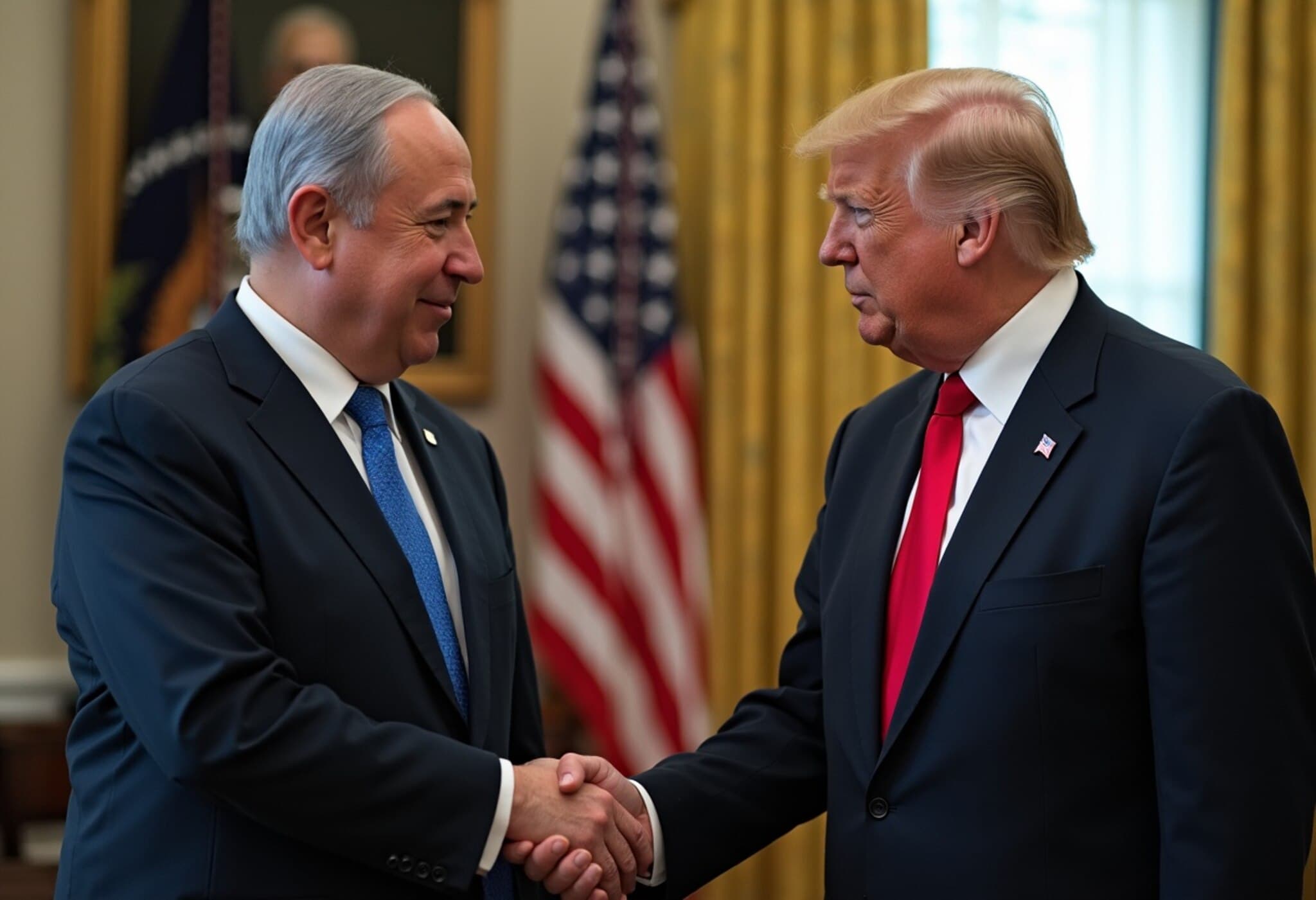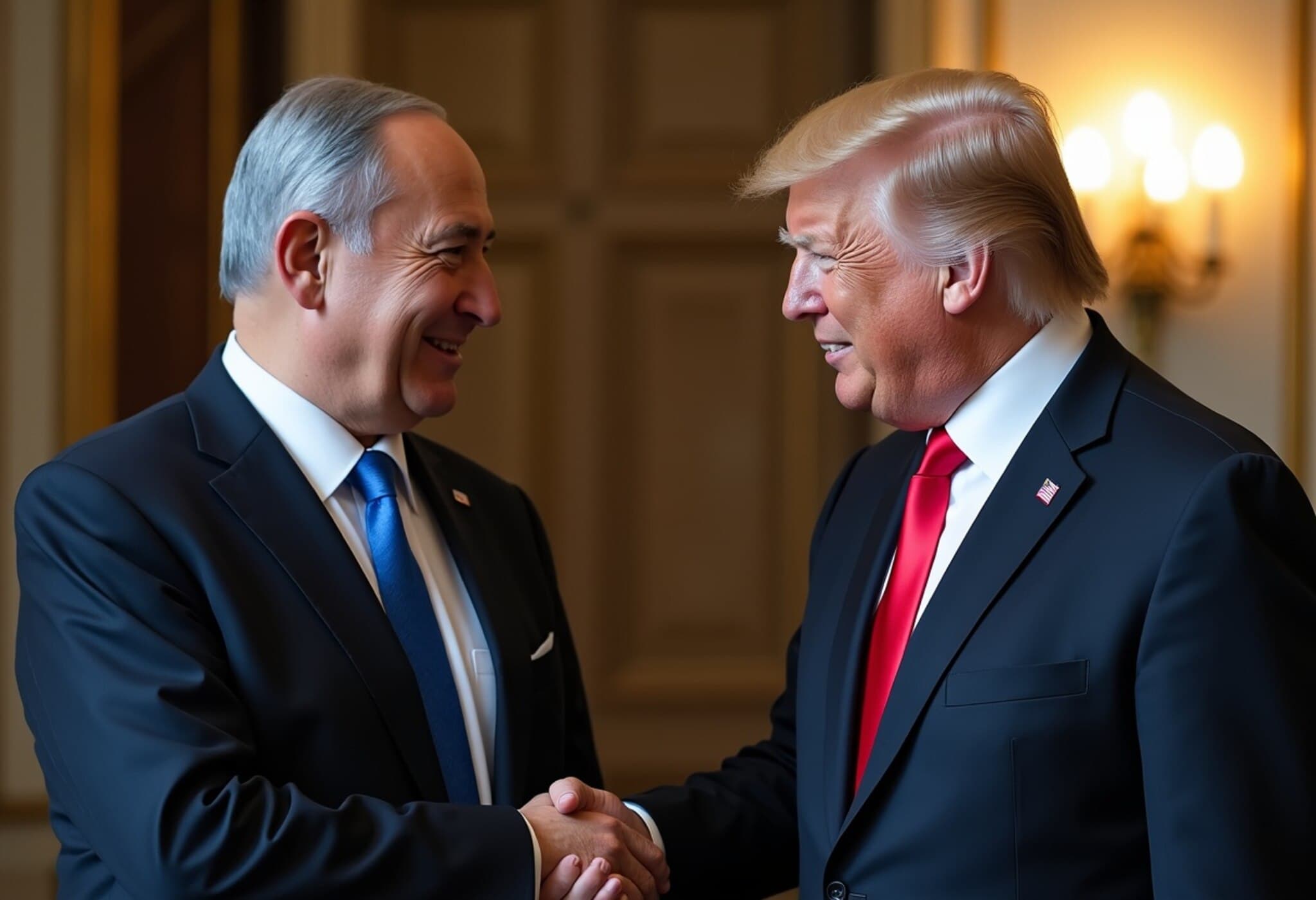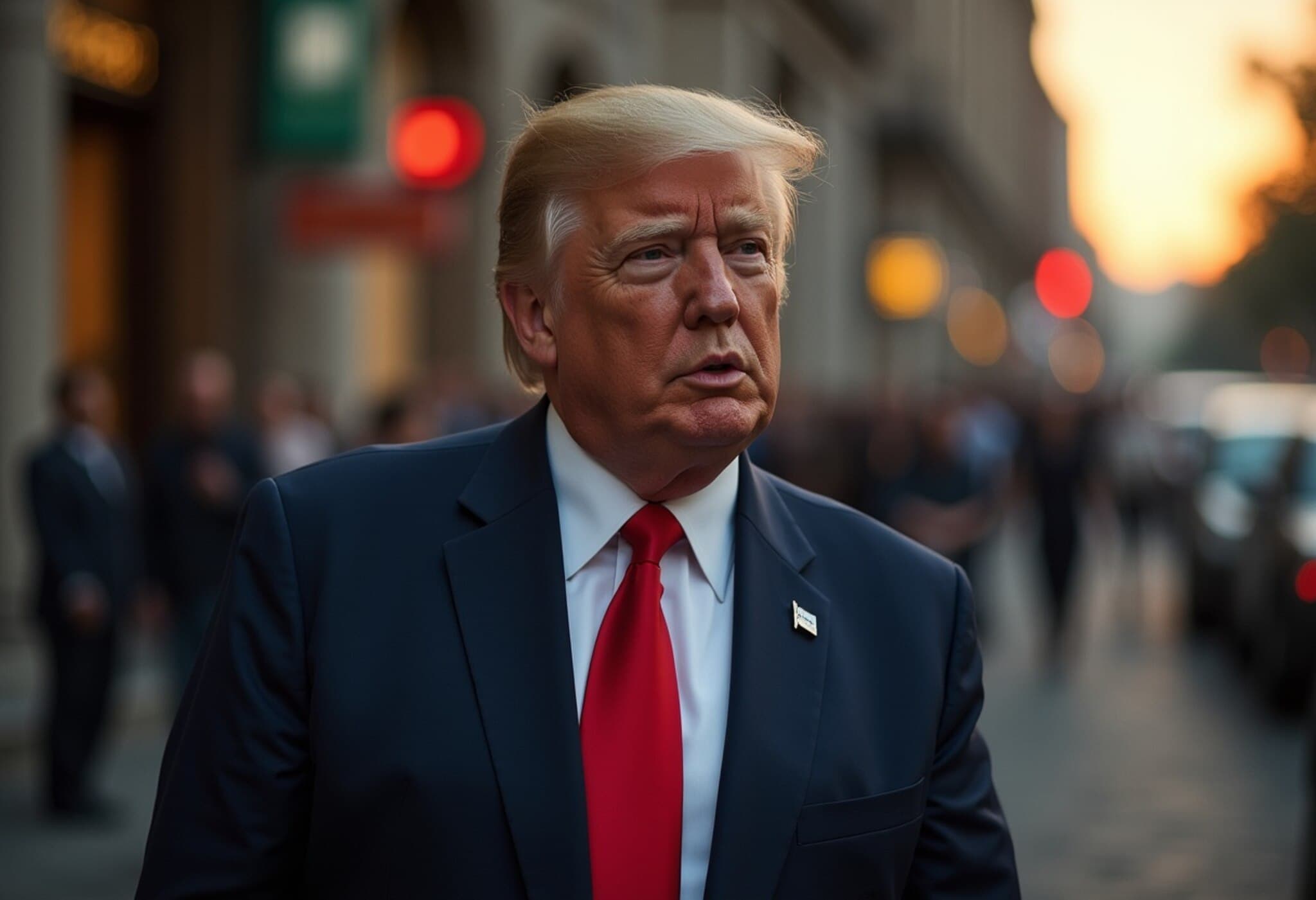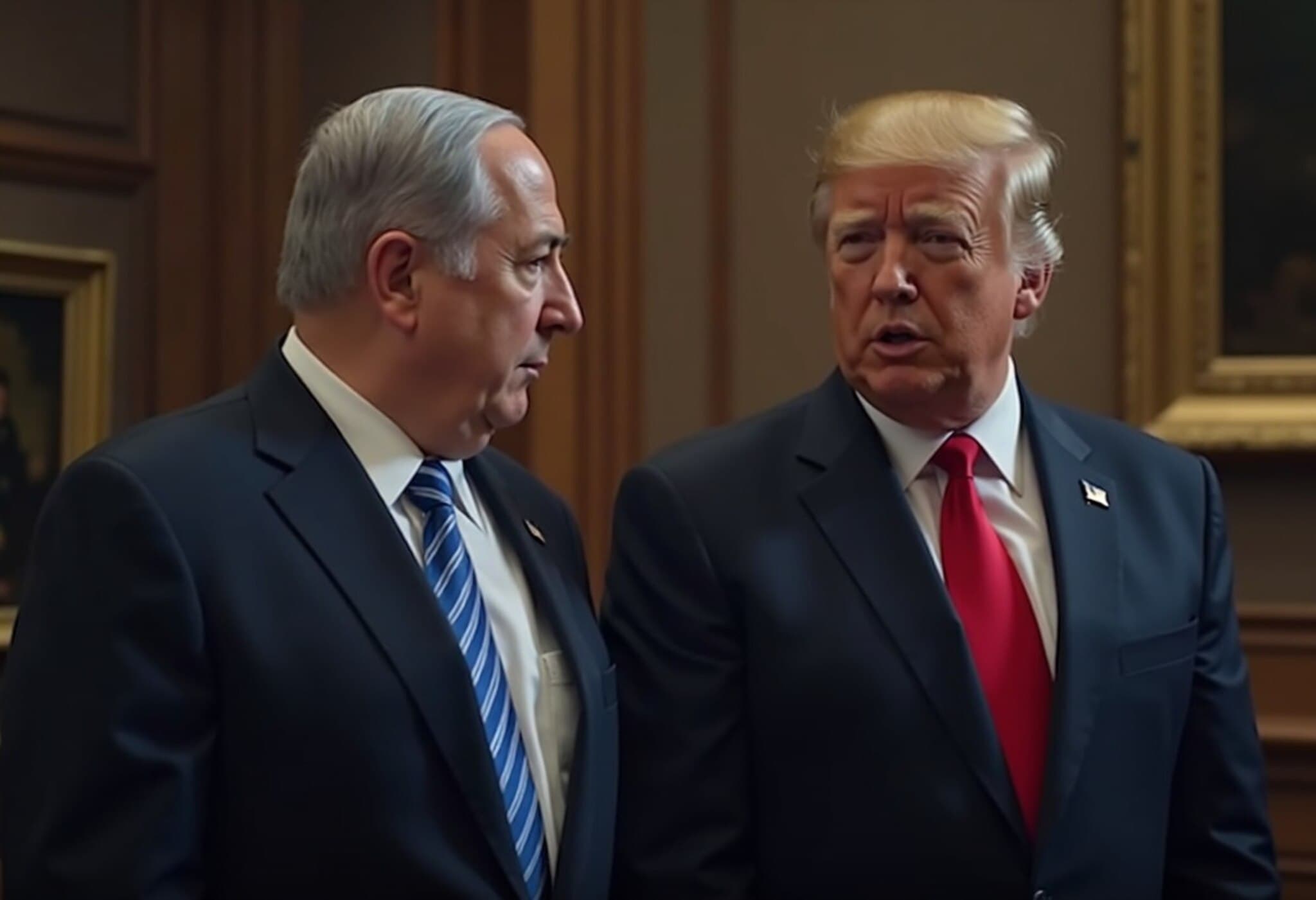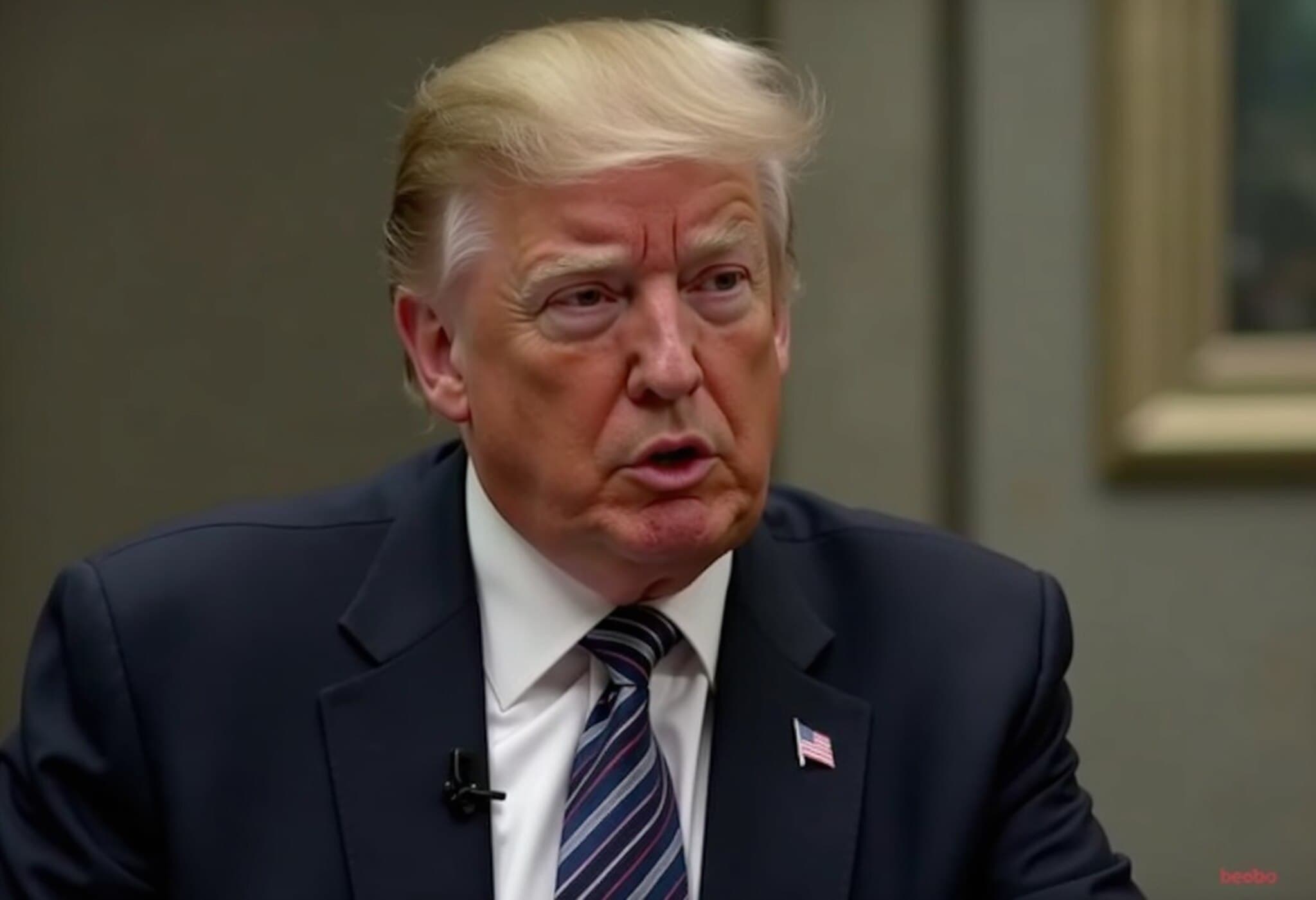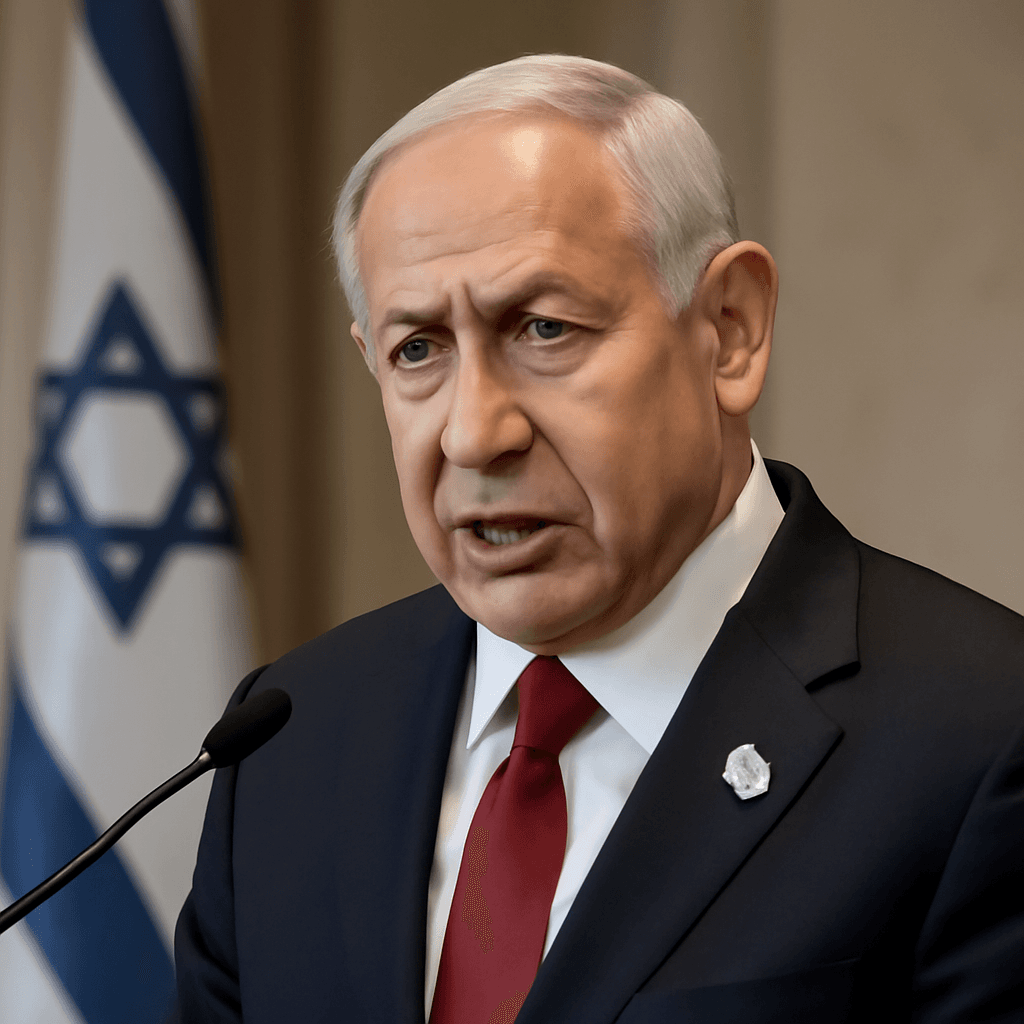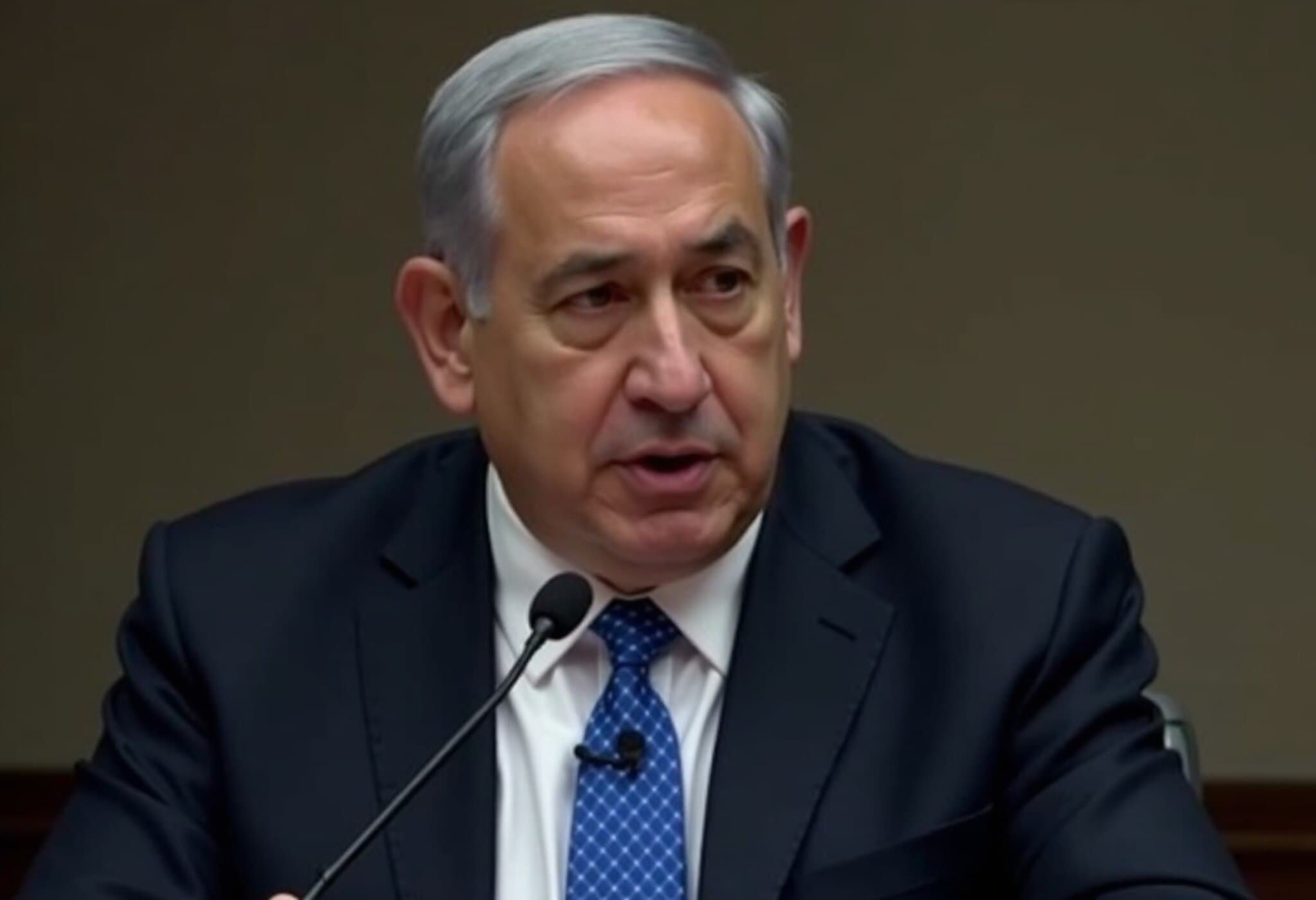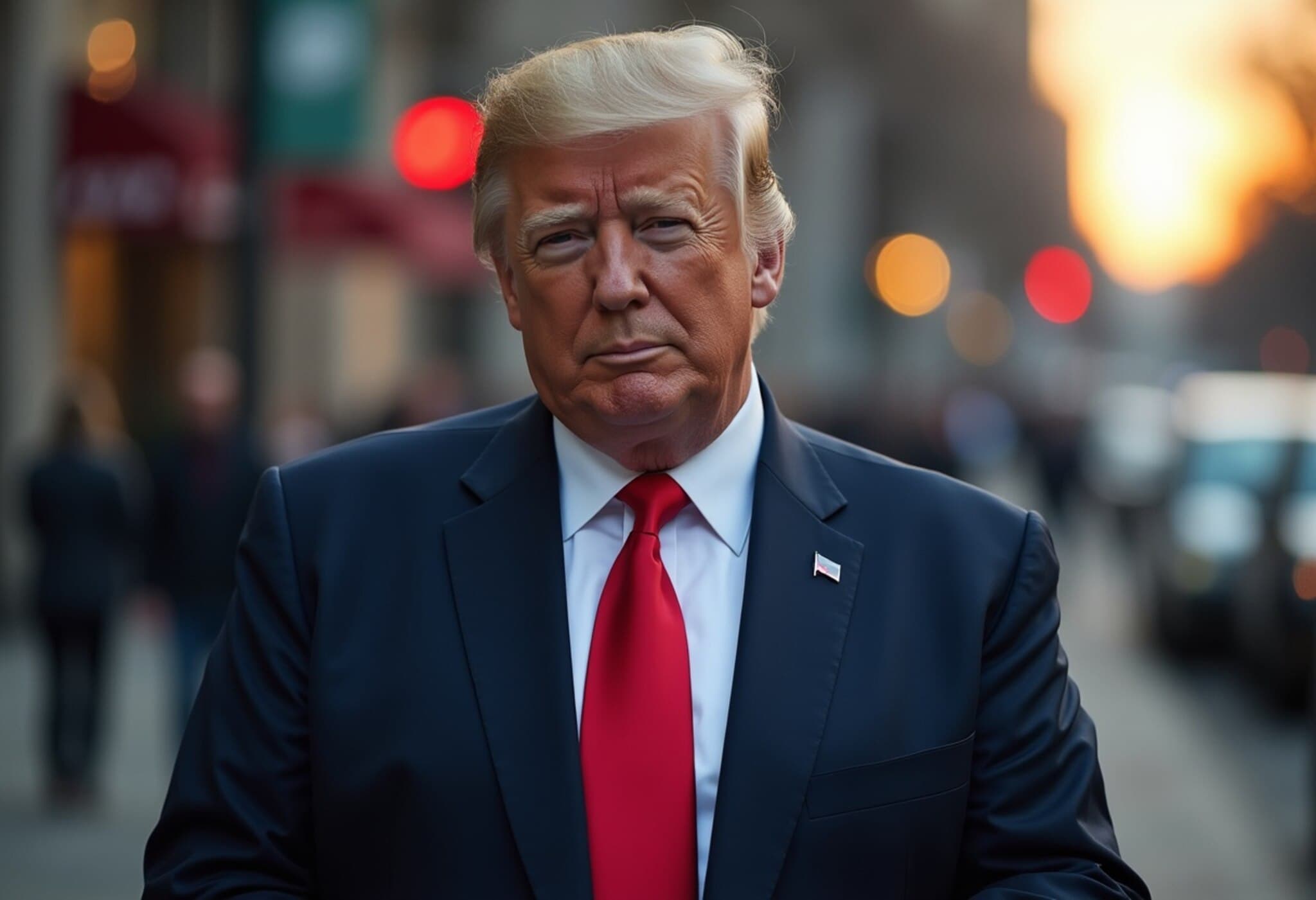Netanyahu Honors Trump with Nobel Peace Prize Nomination During White House Visit
On Monday, a significant diplomatic meeting unfolded at the White House as Israeli Prime Minister Benjamin Netanyahu met with US President Donald Trump to discuss ongoing efforts towards a Gaza ceasefire and address broader geopolitical tensions in the Middle East. With the region simmering under long-standing conflict, this high-profile encounter carries weighty implications for peace prospects.
Contextualizing the Meeting: Ceasefire Hopes and Regional Challenges
Netanyahu's visit coincided with indirect negotiations in Doha, Qatar, where Israeli officials engaged in talks with Hamas representatives, brokered by the United States. The goal is clear: establish a ceasefire to halt the devastating 21-month Gaza war and negotiate the release of hostages.
President Trump, who has previously exhibited a hands-on approach in Middle Eastern diplomacy since his re-entry into office in January 2025, expressed optimism that an agreement might be within reach this week. This marks their third face-to-face discussion this year, underscoring the administration’s commitment to leveraging America’s diplomatic influence.
Nomination for Peace: Netanyahu’s Gesture to Trump
In a poignant moment during a private White House dinner, Netanyahu presented Trump with a letter nominating him for the Nobel Peace Prize. The Israeli Prime Minister lauded Trump as a peacemaker "forging peace as we speak, in one country, in one region after the other."
Trump’s track record of mediating complex conflicts—including between India and Pakistan, as well as Serbia and Kosovo—has drawn him multiple nominations in the past. However, his absence from the list of laureates has been a sore point for him and his supporters.
Strategic Diplomacy amid Complex Regional Dynamics
The meeting also reflected strategic calculation as Trump and Netanyahu sought pathways to capitalize on Iran’s current vulnerabilities—exacerbated by recent US airstrikes targeting Iranian nuclear sites—to push forward peace talks. The Iranian role in supporting Hamas adds layers of complexity to the conflict in Gaza, and leveraging these dynamics is central to US-Israel coalition strategies.
Interestingly, the leaders chose a subdued setting for their discussions without the typical Oval Office backdrop, possibly signaling a preference for candid, low-profile negotiations at this sensitive juncture.
Looking Ahead: The Road to Stability in the Middle East
Beyond the Gaza ceasefire, Netanyahu’s agenda includes exploring normalization of relations with other Middle Eastern neighbors like Lebanon, Syria, and Saudi Arabia—a vision that could reshape regional alliances profoundly.
Following his White House talks, Netanyahu planned to meet key congressional leaders to further galvanize US legislative support, underscoring the importance of bipartisan backing for these delicate diplomatic efforts.
Expert Insights
- U.S. Policy Angle: The Trump administration’s active role reveals renewed American focus on Middle East peace-building, balancing hard power—such as air strikes on nuclear targets—with soft diplomacy.
- Regional Implications: The interplay between Hamas and Iran remains a pivotal challenge, making ceasefire negotiations fragile but critical.
- Nobel Peace Prize Context: Political leveraging of prestigious awards like the Nobel Peace Prize can serve as powerful diplomatic signals, shaping international perceptions and legitimacy.
Conclusion
Netanyahu’s recent visit and his nomination of President Trump for the Nobel Peace Prize underscore the intertwined nature of diplomacy, symbolism, and strategy in the quest for peace in one of the world’s most volatile regions. As the clock ticks on potential ceasefire agreements, the global community watches with cautious hope.

